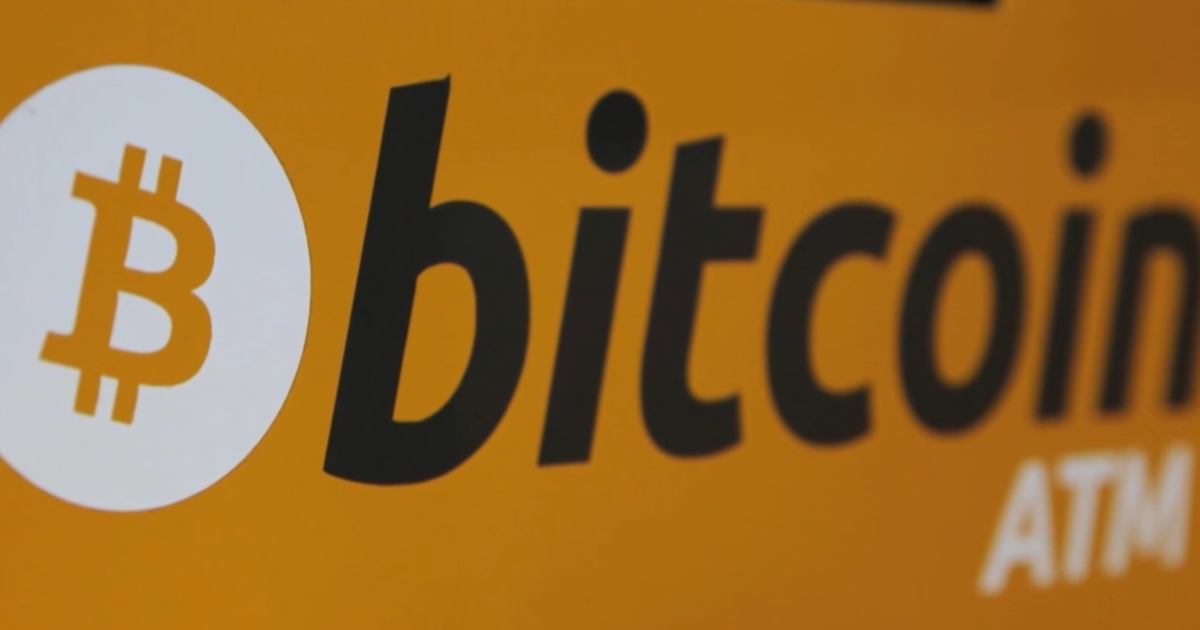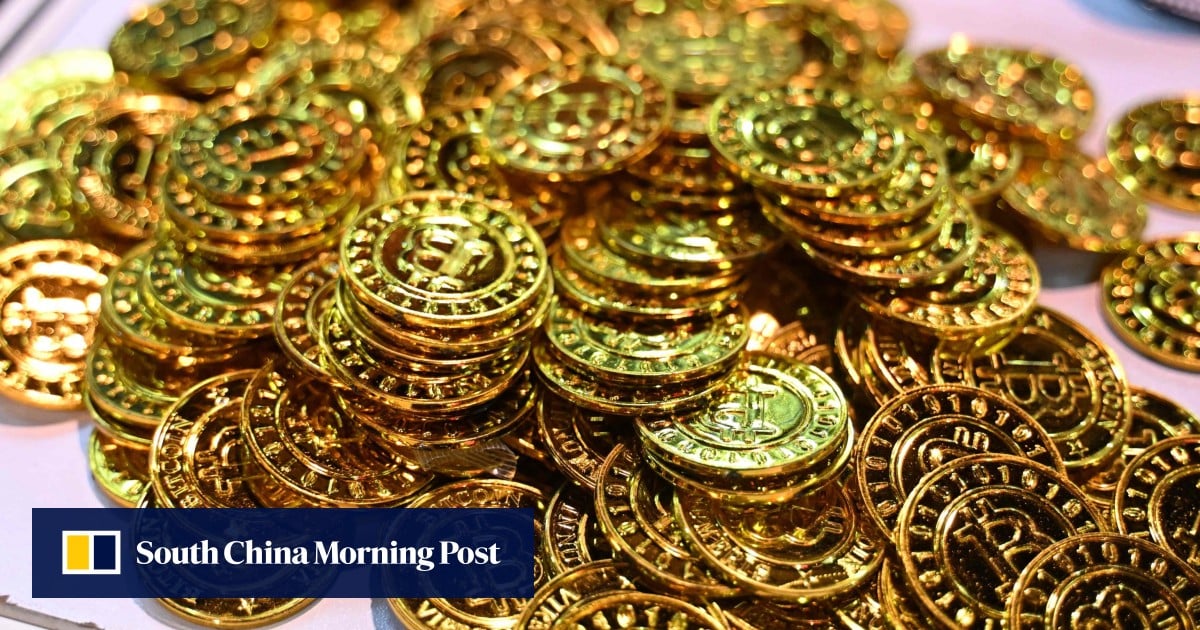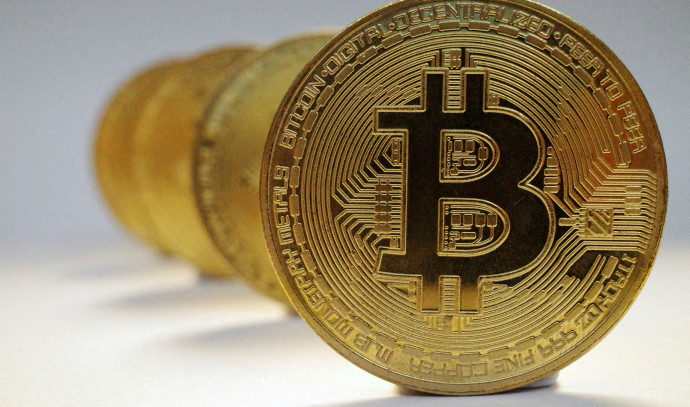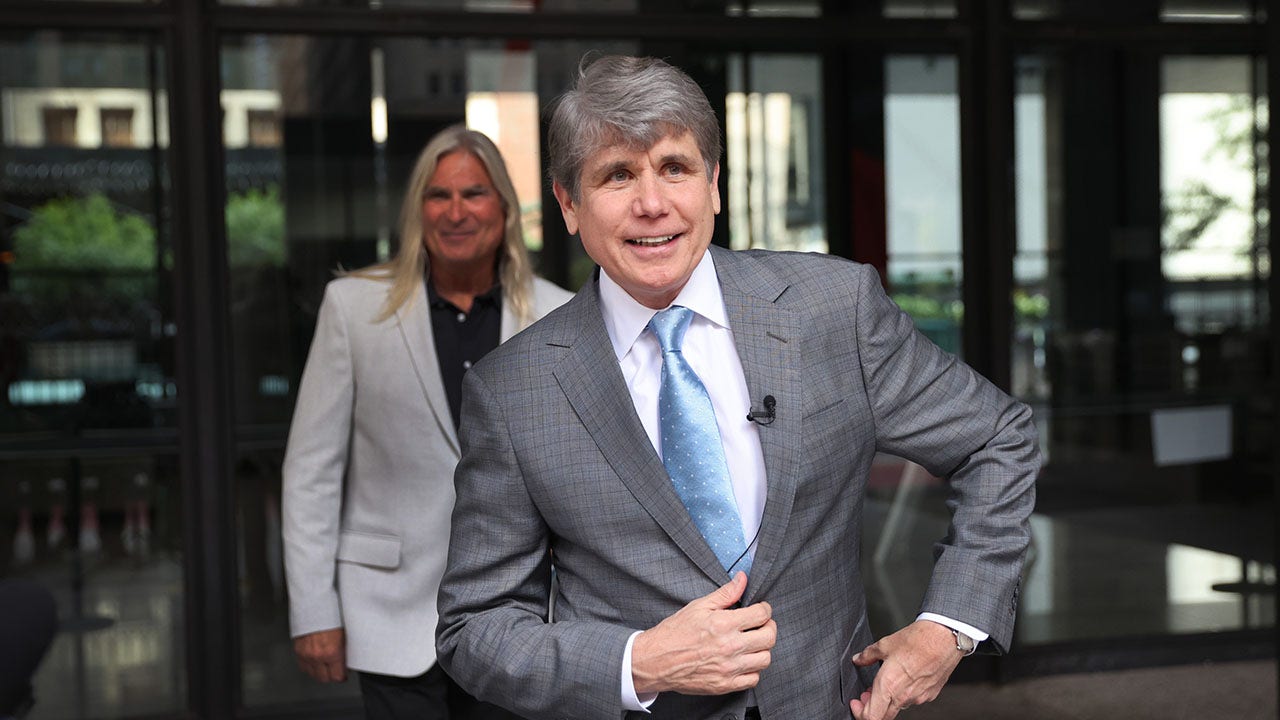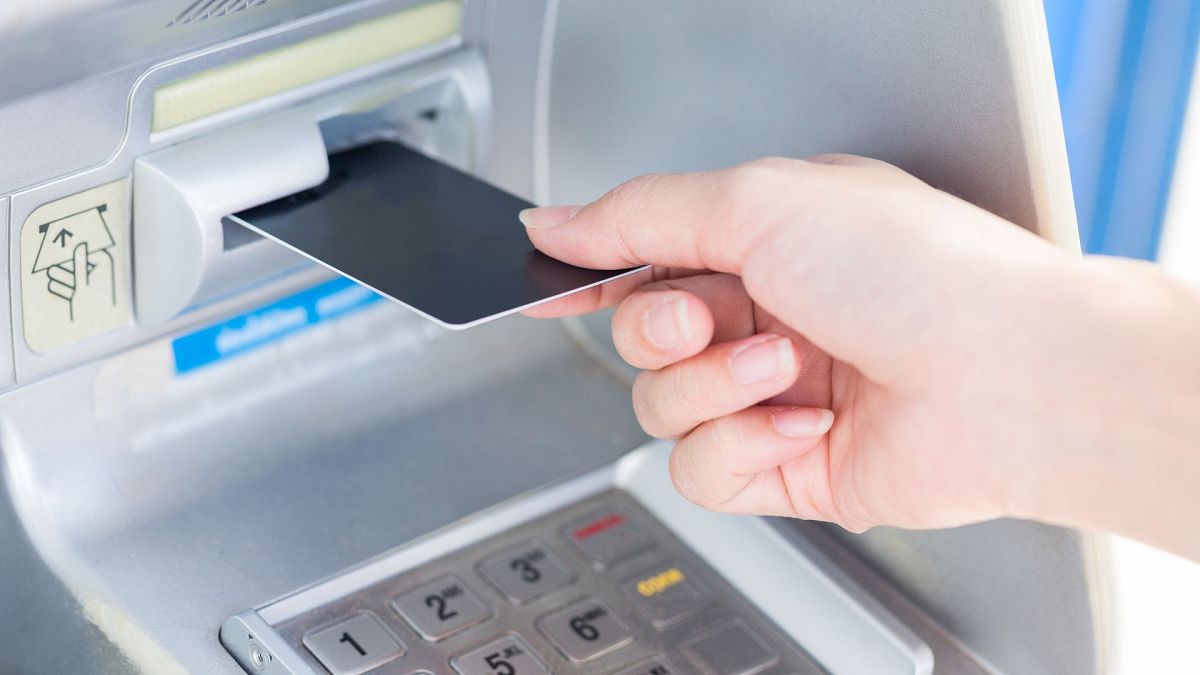The concept of money has never been static. From the earliest forms of trade to today’s digital assets, the way we exchange value has evolved alongside our societies. Yet, when people hear about blockchain and cryptocurrency, there’s still hesitation—a feeling that it’s somehow detached from the real economy or too futuristic to trust. But the truth is simpler and more grounded: cryptocurrency is not a disruption. It’s an evolution.
A Quick Trip Through 2,000 Years of Money
Before there were banks or paper notes, people traded goods directly. Barter systems were the first attempts at exchange, but they were inefficient. Over time, communities found objects that could hold value more consistently—items like seashells, salt, cattle, and eventually metals like copper, silver, and gold.
Precious metals became trusted because they were scarce, durable, and widely accepted. This marked a key moment: the separation of value from utility. People didn’t need gold for its industrial use—they trusted its value.
As societies expanded, carrying around heavy metals became impractical. The solution? Coins and then paper money, often backed by those same precious metals. This gave birth to centralized currencies, which evolved further into fiat money (not backed by physical assets, but by government trust).
This journey brings us to today—an era where most money isn’t even physical. It’s numbers on a screen. And that brings us naturally to cryptocurrency.
Crypto: The Next Logical Step
Just like early societies needed a better way to trade, we now need a better way to store and move value in a global, digital world. Enter blockchain and cryptocurrencies like Bitcoin.
Far from being a gimmick, crypto builds on the same principles that guided money for thousands of years:
- Scarcity: Bitcoin has a fixed supply of 21 million coins, mimicking the scarcity of gold.
- Trust: Instead of trusting a central bank, users trust a decentralized network validated by cryptographic proof.
- Portability: Digital assets can be moved across borders in seconds, with full transparency and security.
Blockchain does not erase the past—it builds on it.
Why This Matters Now
In an increasingly digital and globalized economy, traditional financial systems are showing strain. Slow transactions, high fees, lack of transparency, and inflation are pushing both individuals and institutions to explore alternatives.
Cryptocurrency does not have to replace fiat money overnight. Instead, it coexists and offers new options—especially in areas like:
- Cross-border payments
- Digital identity and ownership
- Asset tokenization
- DeFi (Decentralized Finance) platforms
We are at a moment similar to when paper money first replaced coins. There was skepticism then, too. But over time, people adapted.
Helping People Understand the Continuity
One of the biggest blocks to crypto adoption is perception. Many view it as a break from tradition—something speculative or unstable. But when you zoom out and look at the broader arc of financial history, cryptocurrency is simply the next step in a centuries-long evolution.
It is not about choosing between the past and the future. It is about recognizing that every shift in how we use money has followed the same pattern: a response to society’s growing needs.
Final Thought: Evolution, Not Revolution
Money has always changed to meet the needs of the moment. Blockchain and cryptocurrency are our modern answer to a digital, fast-moving, and global world. Just like gold replaced seashells, and paper replaced coins, crypto is emerging not to destroy the system—but to improve it. Understanding this isn’t just about following trends. It’s about seeing the bigger picture: we’re not abandoning the past. We’re continuing it.
Market News and Data brought to you by Benzinga APIs
© 2025 Benzinga.com. Benzinga does not provide investment advice. All rights reserved.




